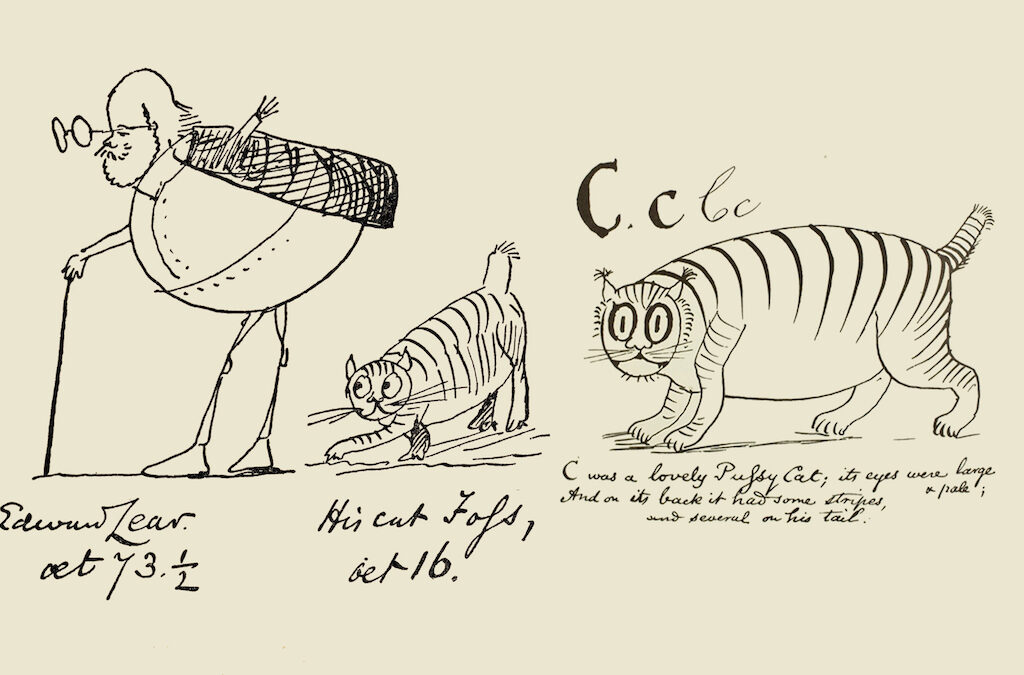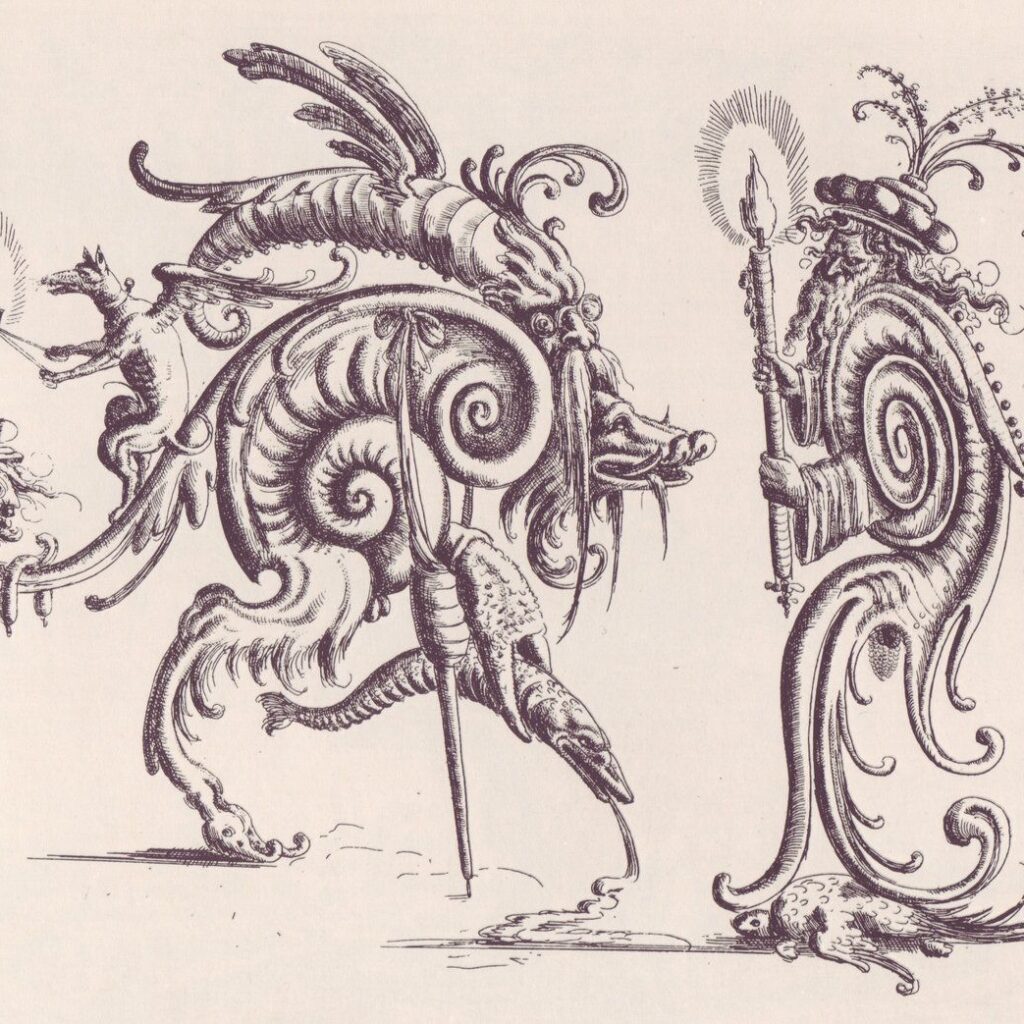
Remember your school days? For me, feels like a century ago. Sitting in the same spot day after day. Among the endless lessons and dark quintillions of numbers, a few cracks of daylight appeared. Like class trips, friends and nonsense poetry. Do you remember this one:
I saw a Peacock, with a fiery tail,
I saw a Blazing Comet, drop down hail,
I saw a Cloud, with Ivy circled round,
I saw a sturdy Oak, creep on the ground,
I saw a busy Ant, swallow up a Whale,
I saw a raging Sea, brim full of Ale,
I saw a Venice Glass, Sixteen foot deep,
I saw a wishing well, where secret lovers sleep,
I saw their starry eyes, all in a flame of fire,
I saw a House, as big as the Moon and higher,
I saw the Sun, even in the midst of night,
I saw the man who saw this dream waking sight.
This nonsense poem by an unknown author first appeared in a slim book, Westminster Drolleries, in 1671. It’s a trick poem, the second clause of each verse is linked to the ideas that precede and follow it. For example, “with a fiery tail” links to peacocks and to comets. Dr. Oliver Tearle calls these “Janus clauses” because they look forwards and backwards, sometimes fitting smoothly with the things they describe, sometimes requiring a stretch of imagination. As a whole, the poem presents a series of entertaining surprises. Much like the more familiar nonsense verse of Edward Lear (The Owl and the Pussycat) and Lewis Carroll (Jabberwocky), though these authors were writing at a later time.
I Saw a Peacock also belongs to an older tradition, the riddle. According to Dr. Tearle, “Far from being idle brain-teasers, the riddle was a serious and enigmatic poetic form, designed to trick into knowing … the variety and interconnectedness of things.” (Interesting Literature)
It’s nonsense, but not entirely so. Fire and light abound in this poem, as do close and far distances and forces of the universe. I imagine a drunken man who has fallen asleep in front of a bright lantern and who drifts in and out of consciousness. Each time he wakes he sees the blaze of light. As he drifts back into the darkness of sleep, his mind continues to work, asking itself, what is this fire? It’s a peacock’s blazing tail, no, it’s a comet. And what is this darkness? It’s a cloud, it’s an underground well. The drunken man feels colossal but powerless: he’s a whale defeated by an ant. He is a great tree crawling on the ground. What has brought about his defeat? An ocean full of ale, a drinking glass 16 feet deep. Will he remember any of these things? Unlikely, but his drunken alter-ego might unlock the mystery, if he could be stirred. This pattern of searching for answers to questions beyond one’s comprehension reminds me of science. A theory is proposed that later has to be over-turned. One mystery solved leads to ten more puzzles waiting to be deciphered.
Lit crit Adam Gopnik suggests Lear and Carroll were figures of their time, immersed in the debates and intrigues of the day and their nonsense was both a reflection and parody of contemporary interests. Gopnik notes: “On the other side of that earnest, progressive Victorian rationality are the mad leaps of Victorian irrationality. All that sense, decorum, and propriety produced the first fully achieved literature of nonsense… it was amazingly generative, so that most works of Dada and Surrealism bear the marks of mid-Victorian Englishness.” (The New Yorker, April 16, 2018)

What about the nonsense of the 17th century? Book ornamentation often featured elaborate scrolls with grotesque monsters and figures of fun. The monsters are reminiscent of those found on the engravings of early maps. Voyages round the world and a colonizing mission well underway, the gods and demons of the past giving way to the science of the future. Was there any reach of the earth or heavens beyond human grasp? But at what cost, this expansive enterprise? Where exploration of the cosmos tests limits of human imagination, nonsense offers a welcome release of tension, laughing at ambition, allowing us to be playful with language and not worry about rules of order or rules of any kind.